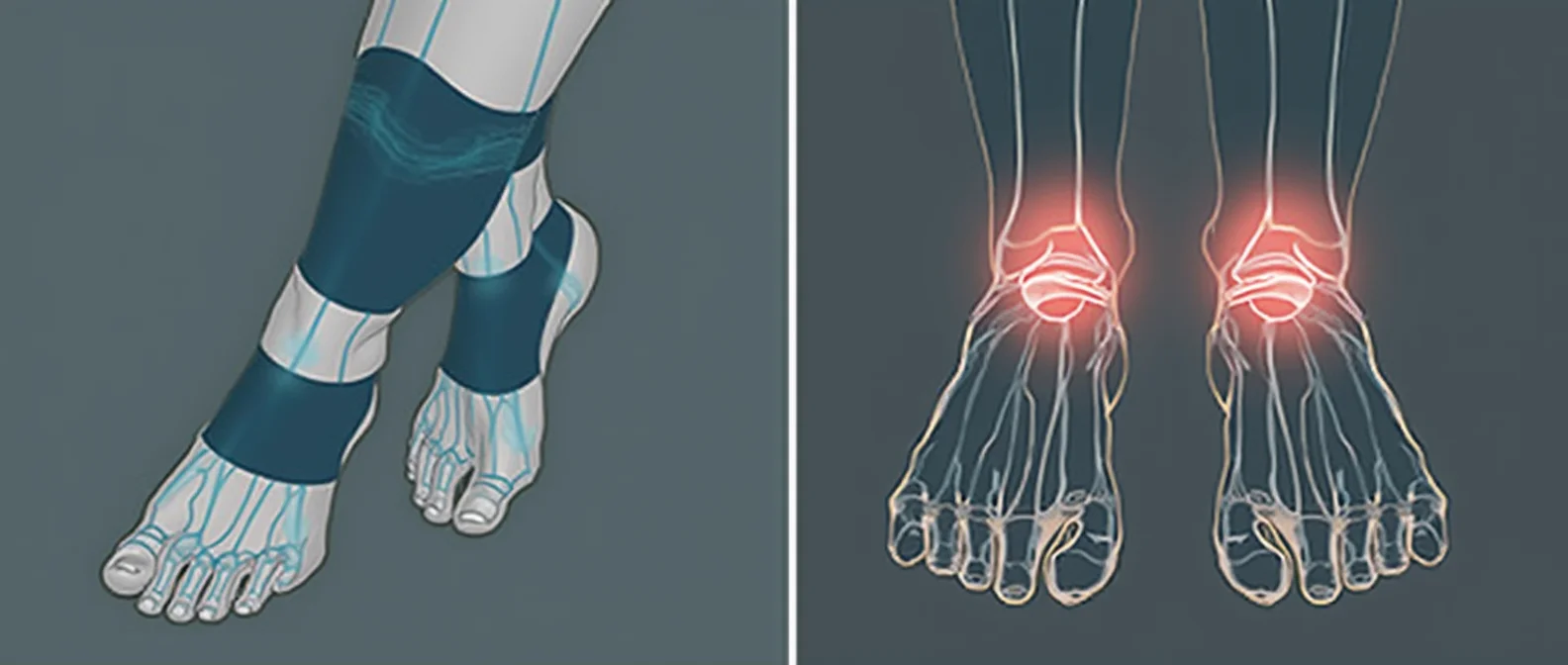Currently Empty: $0.00
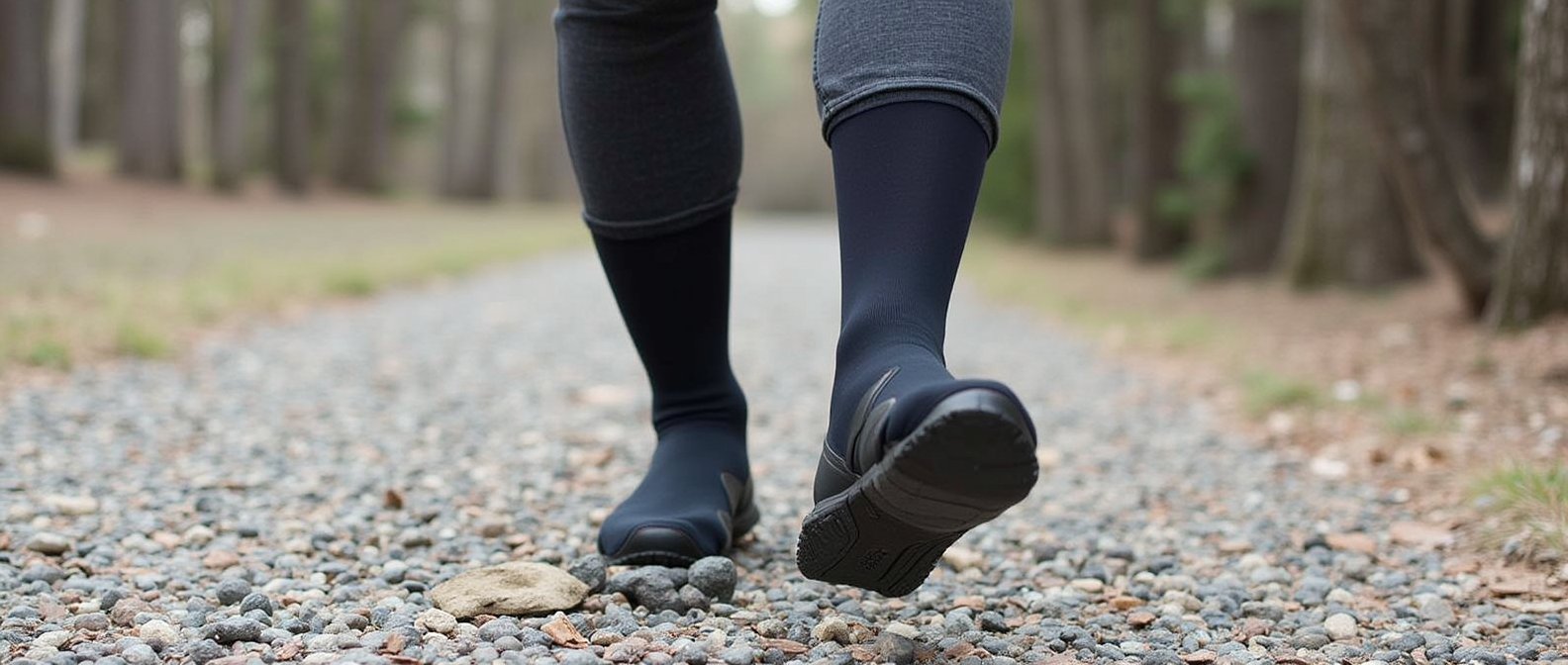
Did you know a single grain of sand can damage underwater camera lenses and other gear? This fact shows how important foot protection is in water activities. Neoprene socks are key in fighting silt and sand.
When you dive, snorkel, or explore shallow waters, neoprene socks are crucial. They protect your gear and make your experience comfortable and easy. But do neopreme socks keep silt out? Let’s explore how these socks help prevent silt from getting into your gear and why they’re vital for water sports.
Table of Contents
Understanding Neoprene Socks and Their Basic Functions
neoprene socks are loved by those who enjoy water sports. They offer great protection and comfort. Let’s dive into what makes neoprene socks special.
Material Composition and Properties
Neoprene-socks are made from a synthetic rubber called neoprene. It’s known for keeping warm and staying dry. This material is tough, flexible, and blocks water, silt, and sand.
It also helps regulate your body temperature. This means your feet stay warm and comfy, even in cold water.
Design Features for Water Activities
- Streamlined, low-profile design for enhanced mobility and flexibility
- Strategically placed drainage holes or mesh panels to facilitate water flow and quick drying
- Reinforced toe and heel areas for added durability and protection
- Adjustable closures or pull-tabs for a secure and customizable fit
Benefits of Neoprene Technology
Neoprene socks have many benefits for water lovers. Here are a few:
- Waterproof Protection: Neoprene keeps your feet dry by blocking water, silt, and sand.
- Thermal Insulation: It keeps your feet at the right temperature, preventing cold.
- Durability and Traction: The strong material and design ensure a good grip on slippery surfaces.
Using neoprene socks can make your water adventures better. They’re great for diving, snorkeling, and more.
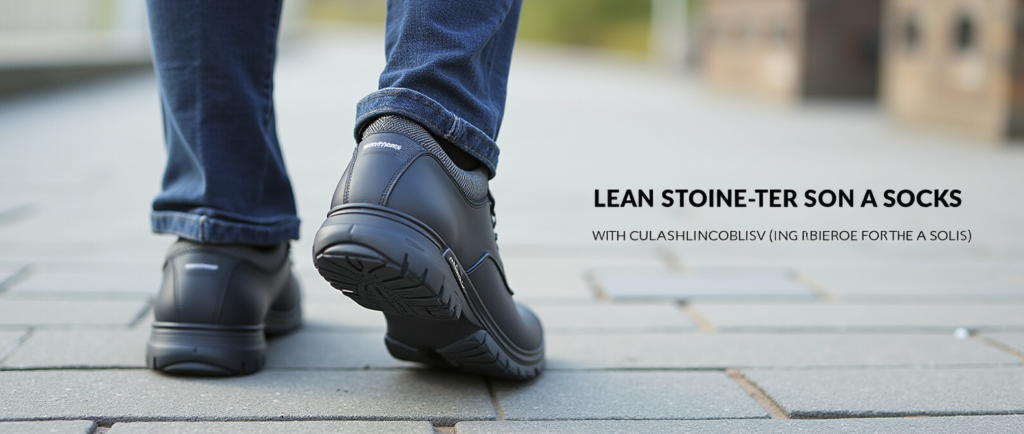
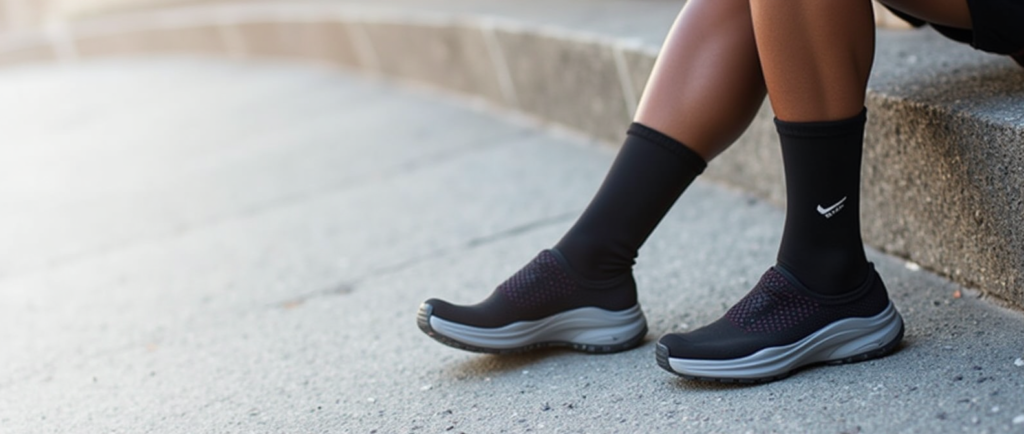
Do Neoprene Socks Keep Silt Out: Testing and Performance
For those who love water activities, keeping silt and sand out is key. Neoprene socks are a top pick for their protection against the elements. But do they really keep silt out?
Tests have been done to see how well neoprene-socks work. They tested different designs in various water conditions. This was to see how they do in real-life situations for divers, snorkelers, and beach lovers.
The tests showed good results. Many neoprene socks block silt and sand well. Their success comes from:
- Tight designs that stop silt and sand from getting in
- Strong, water-resistant neoprene that keeps out fine particles
- Reinforcements and seals that add extra silt protection
But, how well they work can change based on the water and how much silt there is. They do best in calm, shallow waters. In rougher, deeper waters with lots of silt, they might not do as well.
| Water Condition | Neoprene Sock Performance |
|---|---|
| Calm, shallow waters | Excellent silt and sand protection |
| Turbulent, deep waters | Moderate silt and sand protection |
| High-silt environments | Limited silt and sand protection |
In summary, neoprene socks are good at keeping silt and sand out in many water activities. But, it’s important to pick the right design for your specific needs and conditions.
Types of Neoprene Socks for Different Water Activities
Choosing the right neoprene socks for water adventures can be tough. There are many options, from diving and snorkeling to beach and water sports. Each type is made for different activities, ensuring you find the perfect fit.
Diving and Snorkeling Models
For underwater explorers, diving and snorkeling socks are essential. They’re thicker and more durable, protecting against silt and sand. They also stay flexible and keep you warm. Look for ones with reinforced toes and heels for extra durability.
Beach and Water Sports Variants
For surfing, kayaking, or beach days, choose neoprene-socks made for these activities. They’re thinner and fit better, without losing protection. They might also dry quickly and have better grip on wet surfaces.
Professional Grade Options
For top performance and protection, go for professional-grade socks. These are for commercial divers, military, and others needing the best. They use advanced materials and designs for tough environments.
Whether snorkeling, beach-going, or water sports, the right neoprene-socks matter. They ensure your snorkeling gear and beach footwear fit your needs perfectly.
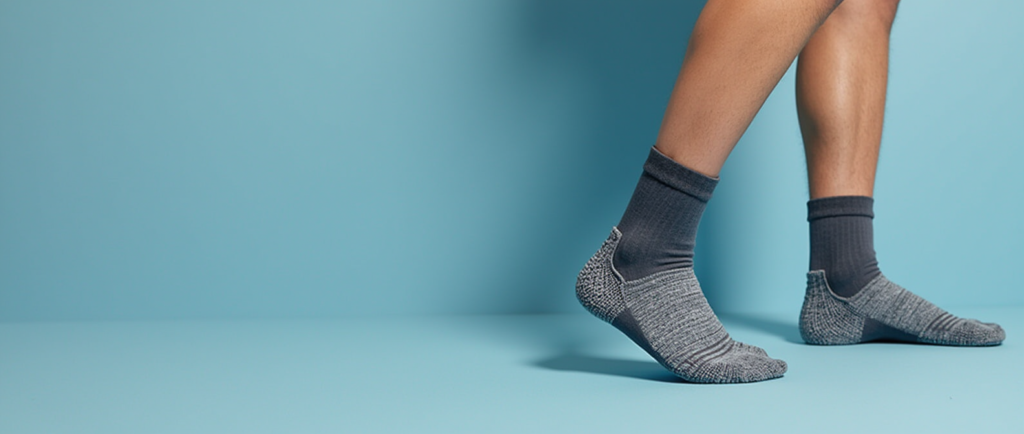
Common Challenges with Silt and Sand Protection
Using aquasocks and other sand-resistant socks can come with some common challenges. These issues can affect how well they protect against silt and sand. Knowing about these challenges is key to enjoying your neoprene-socks fully.
Water pressure is a big concern. Activities like surfing or whitewater rafting can push water hard. This pressure might let silt and sand get past the socks, causing discomfort and irritation.
The fit of the socks is also important. If they don’t fit right, silt and sand can sneak in. It’s vital to get a snug, custom fit for the best protection. A bad fit can also make the socks wear out faster, reducing their effectiveness.
- Water pressure can overwhelm the protective capabilities of aquasocks, especially during high-intensity activities.
- Poorly fitting socks can create gaps and openings that allow silt and sand to infiltrate, compromising protection.
- Wear and tear on the socks over prolonged use can degrade their ability to keep out unwanted particles.
To overcome these challenges, users can take a few steps. Choose the right size, make sure the socks fit well, and think about the activity and water conditions. With these precautions, aquasocks and sand-resistant socks can effectively block silt and sand.
Proper Fitting and Maintenance of Neoprene Socks
Getting the right fit and regular care are key to your waterproof socks and diving socks lasting longer. This guide helps you choose the right size and care for your neoprene-socks. It’s all about getting the most from your investment.
Size Selection Guidelines
Finding the right fit is important for comfort and performance. Here are some tips for picking the right waterproof socks:
- Measure your feet and check the size chart from the manufacturer.
- Choose a fit that’s snug but not too tight for comfort and security.
- Make sure there’s a little extra room for thick wetsuit booties or layers.
Care and Cleaning Tips
Right care and cleaning can make your diving socks last longer. Here’s how to keep them in top shape:
- Rinse your socks with fresh water after each use to remove salt, sand, and debris.
- Don’t use harsh detergents or chemicals, as they can harm the neoprene.
- Let your socks air-dry in a cool, well-ventilated area, away from heat or sunlight.
Storage Recommendations
Storing your waterproof socks right helps keep them in good shape. Here’s how to do it:
- Keep your socks in a cool, dry place, away from sunlight or heat.
- Don’t fold or crease the neoprene to avoid permanent wrinkles.
- Use a sock organizer or hang your socks to keep their shape.
By focusing on the right fit, care, and storage, your neoprene-socks will protect you from silt and last longer for all your water activities.
Comparing Neoprene Socks to Other Underwater Footwear
Choosing the right footwear for water activities is key. Neoprene-socks are great at keeping silt and sand out. They are often compared to water shoes and booties. Let’s look at the good and bad of each to help you decide.
Water shoes are loved by beach lovers and water sports fans. They are breathable and dry fast, making them comfy and flexible. But, they don’t block silt and sand as well as neoprene socks. The mesh can let tiny particles in, which might bother your skin.
Neoprene socks, however, are top-notch at keeping silt and sand out. Their tight fit and closed-cell design make them perfect for kayaking, canoeing, and wading. They also keep you warm in cold water.
Booties are great for diving and snorkeling. They offer strong protection and grip. But, they might not be as good as neoprene socks for many water activities.
In the end, your choice depends on what you’ll be doing in the water. Neoprene-socks are a great all-around pick. They protect against silt and sand, are versatile, and comfy. That’s why many people choose them for water activities.
Conclusion
Neoprene-socks are great for keeping silt and sand out during water activities. Their special material and design keep debris away. This makes diving, snorkeling, and beach trips more fun and comfortable.
We’ve looked at how neoprene-socks work, the different types, and how to deal with silt and sand. Knowing how to choose the right fit and care for them is key. This helps you pick the best anti-silt footwear for your activities.
If you love water sports or just want to enjoy the beach, neoprene socks are a good choice. Brands like XCEL and Mares offer reliable protection. By choosing quality neoprene socks, you can have better water experiences and enjoy the outdoors more.
FAQ
Do neoprene socks effectively keep silt out during water activities?
Yes, neoprene socks are made to keep silt, sand, and debris out. They use a special material that blocks these elements. This makes them comfortable and safe for water activities.
What are the key properties and benefits of neoprene socks?
Neoprene socks are made from a synthetic rubber that works well in water. They keep you warm, flexible, and durable. They also block silt, sand, and other unwanted things.
How do neoprene socks perform in different water conditions when it comes to silt protection?
Neoprene socks do a great job of keeping silt out in many water conditions. But, how well they work can depend on water pressure, fit, and design. Choosing the right socks and taking care of them is key.
What types of neoprene socks are available for different water activities?
There are many types of neoprene socks for different activities. Diving and snorkeling socks seal well and keep you warm. Beach and water sports socks are flexible and breathable. Professional socks offer the best protection and durability.
What are some common challenges with using neoprene socks for silt and sand protection?
Neoprene socks are great at keeping silt and sand out, but they can face challenges. High water pressure, a bad fit, and wear and tear can let silt in. Wearing them right and taking care of them is important.
How should neoprene socks be properly fitted and maintained for effective silt protection?
Getting the right fit is key for neoprene socks to work well. Follow size guidelines and make sure they fit snug but comfortably. Clean and store them right to keep them working well. Check them often and replace them when needed.
How do neoprene socks compare to other underwater footwear options for silt protection?
Neoprene socks are better than water shoes and booties for silt protection. They have special material and design that blocks silt and sand. They also keep you warm, comfortable, and durable in water.



